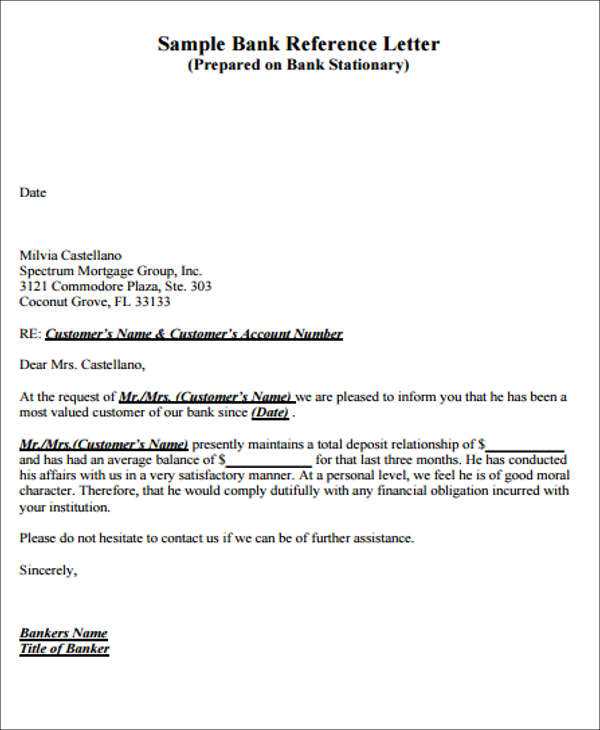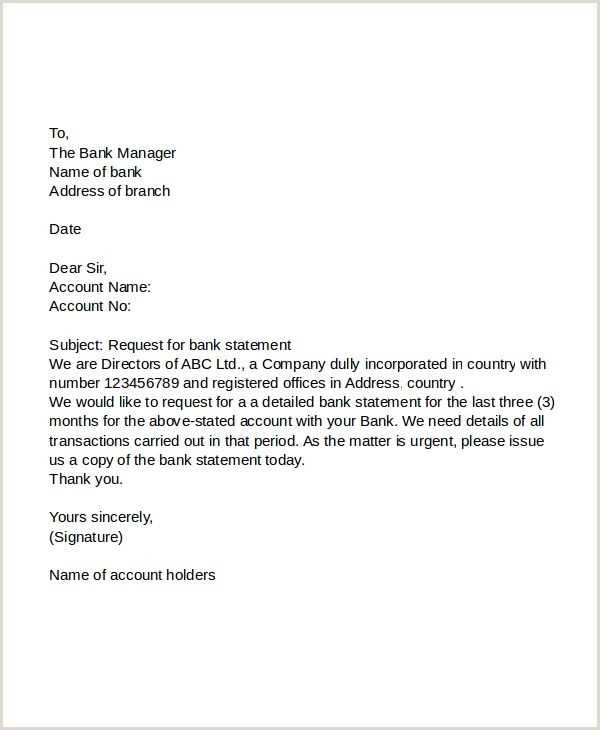How to Write a Template Letter to Close a Bank Account

At some point, you may find it necessary to discontinue your relationship with a financial institution. Whether due to relocation, better offers elsewhere, or simply no longer needing their services, it’s important to handle the process formally. Drafting a well-structured request can ensure that everything is processed smoothly and that all necessary steps are followed.
When requesting the cessation of your services, clarity and precision are key. Including the right details and maintaining a professional tone can expedite the procedure and prevent unnecessary delays. A formal written request is often the most effective way to communicate your intentions, ensuring that both parties understand the terms of the termination.
In this guide, we will walk you through the essential components to include in your request, as well as common pitfalls to avoid. By following a clear structure, you can confidently submit your request and move forward with your financial plans.
Reasons for Ending Financial Services
When to Use a Closure Request
There are various circumstances in which individuals may choose to end their relationship with a financial provider. This can happen when better terms or features are offered elsewhere, when moving to a new location, or if their current services no longer meet their needs. Whatever the reason, it’s essential to approach the process professionally to ensure a seamless transition.
Using a standardized request is often the most efficient way to formally communicate your decision. It ensures that all necessary details are provided, reducing the likelihood of misunderstandings or delays. This method is especially helpful when the decision to terminate services is straightforward, and you want to ensure that all required steps are clearly outlined for the provider to follow.
How to Draft an Account Cancellation Request
Essential Details to Include in Your Letter

When you decide to terminate a financial service, it’s important to structure your communication in a clear and formal manner. The request should be precise, including all the necessary details that help the provider process your cancellation without complications. Ensuring that you include relevant information will avoid any delays or confusion during the process.
Start by providing your full name, contact details, and any relevant identification numbers related to your services. Make sure to specify the reason for termination if required by the institution, and clearly mention the date from which you want the cancellation to take effect. Additionally, if there are any remaining actions you need to take (such as paying fees or returning items), be sure to include those in your request. By being thorough, you’ll ensure a smoother and quicker resolution.
Common Errors to Avoid in Your Request
How to Follow Up After Submission

When submitting a request to end a financial relationship, it’s essential to avoid common mistakes that can delay the process. Simple errors, such as missing details or unclear instructions, can lead to unnecessary back-and-forth communication. Ensuring your request is clear, concise, and includes all necessary information will help speed up the termination process and avoid complications.
Common Mistakes to Avoid

One of the most frequent errors is not providing sufficient identifying information. Without your full name, contact details, or account number, the institution may struggle to locate your records. Another mistake is failing to mention any outstanding balances or actions that need to be taken before termination. Be sure to review your request for completeness and accuracy before submission.
Following Up After Submission
Once your request has been submitted, it’s important to follow up to ensure it has been processed. If you don’t receive confirmation within a reasonable timeframe, reach out to the provider to check the status. You may want to inquire whether there are any additional steps you need to take or if any information was missing from your original submission.